HOT PRODUCTS
Overview: What a Built-in Sparkling Water Dispenser Is
A built-in sparkling water dispenser integrates carbonation hardware into kitchen cabinetry or a counter, delivering chilled still and carbonated water through a dedicated faucet or integrated refrigerator panel. Unlike countertop soda makers, these systems connect to household water lines, a CO₂ cylinder (or internal carbonation module), and often include a filter and refrigeration for on-demand sparkling water without bottles or jugs.
Benefits and Practical Use Cases
Understanding real benefits helps decide whether a built-in system makes sense. These systems are designed for households that drink carbonated water regularly, small restaurants, home bars, and offices that want to eliminate single-use bottles.
- Convenience: instant chilled sparkling water without handling heavy bottles.
- Space saving: hidden components under the counter free up counter space compared with countertop units.
- Cost over time: lower cost per liter vs. pre-bottled sparkling water when household consumption is high.
- Environmental impact: reduces single-use plastics and transport-related emissions.
Planning & Requirements Before Purchase
A proper site assessment prevents surprises. Consider water supply, drainage, electrical access, cabinet dimensions, and ventilation. Measure twice: the under-counter space needs clearance for the carbonation module / compressor and the CO₂ cylinder (if external).
Plumbing
Most built-in models require a cold water feed (¼" or ⅜" tubing). Some higher-end units include a dedicated drain for continuous defrost or drip trays; others are self-contained. If your home has softened water, check manufacturer guidance — sodium from softeners can affect filter choices.
Electrical
Typical power needs range from a standard 120V outlet for refrigeration modules to 12V/24V low-voltage for control boards. Confirm whether the unit needs a grounded outlet under the counter or can be hardwired. Leave at least one dedicated outlet to avoid sharing circuits with heavy appliances.
CO₂ & Storage
CO₂ supply options include refillable cylinders (commonly 2–5 lb) or proprietary cartridge systems. Verify cylinder placement (upright space, chain or bracket to secure cylinder) and whether an external cabinet vent is recommended for gas safety and convenience during swaps.
Step-by-Step Installation Overview
Installation complexity varies by model; this section gives a consolidated workflow installers and competent DIYers can follow. If you are unsure about gas cylinders, high-pressure fittings, or local code compliance, hire a licensed professional.
- Layout & measure: confirm faucet hole, cabinet depth, and clearance for cylinder and refrigeration module.
- Shut off water and power at the source before connecting lines.
- Mount under-counter module: secure to cabinet floor or wall per manufacturer instructions.
- Connect cold water feed using the supplied fitting or a ⅜" compression adapter; use thread sealant when required.
- Install CO₂ cylinder and high-pressure line; pressure-test all joints with soapy water for leaks.
- Connect drain if present, then power on and follow the bleed/carbonation priming procedure.
Comparison Table: Typical Under-Counter Systems
Below is a practical comparison of common system categories and the features to prioritize for each household type. Use it to narrow feature tradeoffs rather than brand-level selection.
| System Type | Best For | Key Pros | Considerations |
| Integrated Fridge Panel | Built-in fridges with panel cutouts | Seamless look, chilled dispense | Requires compatible fridge model |
| Under-counter Carbonator (standalone) | Retrofits any sink | Flexible, supports higher flow | More under-cabinet space needed |
| Countertop + Under-cabinet CO₂ | Users wanting minimal cabinetry work | Easy to replace, lower install time | Less aesthetic integration |
Maintenance, Filters & Routine Care
Regular maintenance keeps carbonation consistent and prevents taste issues. Typical tasks: replace water filters per manufacturer intervals, change or refill CO₂ cylinders, sanitize lines annually, and check seals/valves for wear.
Filter Choice & Schedule
Most systems use inline carbon or activated carbon + sediment filters. Replace filters every 6–12 months depending on water quality and household usage; harder water or higher sediment requires more frequent changes.
Sanitization
Sanitize the dispenser faucet and internal tubing annually with a food-safe sanitizing solution. Follow manufacturer instructions to flush lines thoroughly after sanitizing to avoid off-tastes.
Common Problems & Troubleshooting
Quick troubleshooting saves service calls. Below are frequent issues and practical fixes.
- No carbonation: check CO₂ regulator gauge, ensure cylinder valve is open, inspect for kinks in high-pressure tubing.
- Off taste: replace water filter, sanitize lines, and flush thoroughly.
- Leaking under cabinet: tighten compression fittings, replace worn washers, and pressure-test connections.
- Low flow: check filter for clogging, inspect water feed shutoff partially closed.
Costs, Running Expense & Return on Investment
Upfront cost varies widely: modest under-counter systems can start around a few hundred dollars; integrated systems with refrigeration and installation can reach several thousand. Running costs include CO₂ refills, filters, and occasional service. Break-even vs. bottled sparkling water usually occurs within 12–36 months depending on consumption.
Environmental & Health Considerations
Installing a built-in dispenser reduces single-use bottle waste and the carbon footprint from transport of bottled water. From a health perspective, ensure filters remove contaminants relevant to your area (e.g., chlorine, lead) and follow sanitization schedules to avoid biofilm formation.
Buying Checklist: How to Choose the Right System
- Verify cabinet depth and width and measure faucet hole location.
- Check CO₂ cylinder type (refillable vs. proprietary) and local refill availability.
- Confirm water pressure requirements and whether a dedicated pressure regulator is needed.
- Ask about warranty coverage — especially for compressors, seals, and refrigeration modules.
- Plan for service access: can the tech remove the CO₂ cylinder and replace filters without pulling the whole unit?
Frequently Asked Questions
Are built-in dispensers safe with CO₂ in the home?
Yes, when installed per manufacturer instructions. CO₂ cylinders are non-flammable but stored under pressure. Secure cylinders upright, use approved regulators, and never modify safety fittings. If you smell anything unusual when servicing, ventilate the space and check for leaks using soapy water — not flames.
How often do I need to refill the CO₂?
Refill frequency depends on household consumption and cylinder size. A 2 lb cylinder can carbonate roughly 80–150 liters depending on dispense pressure and bubble size; heavy consumers may refill every 1–3 months, light users 6–12 months.
Can I retrofit a built-in unit into an existing kitchen?
Yes — many standalone under-counter units are designed for retrofit. Ensure you have the cabinet clearance, water and electrical access, and an accessible location for CO₂ storage. If ventilation or dedicated drains are required, plan cabinetry modifications ahead of purchase.





 Language
Language
 English
English Español
Español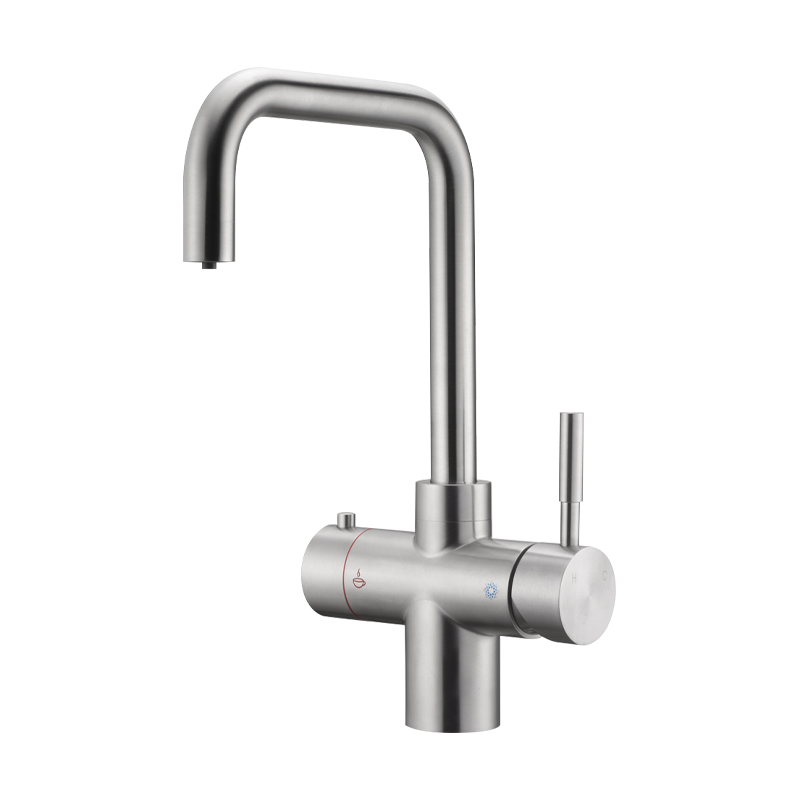

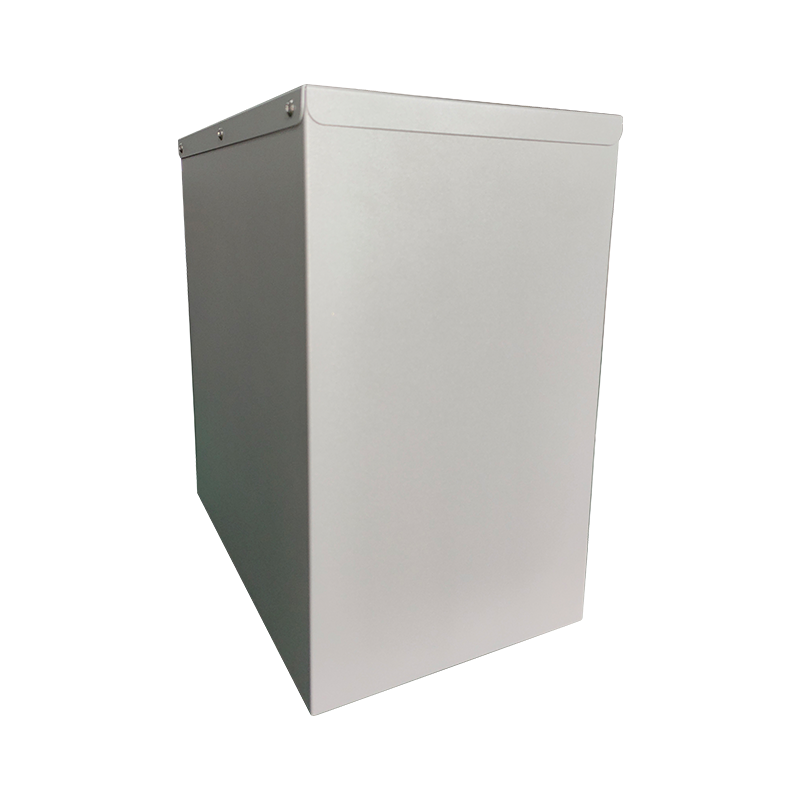
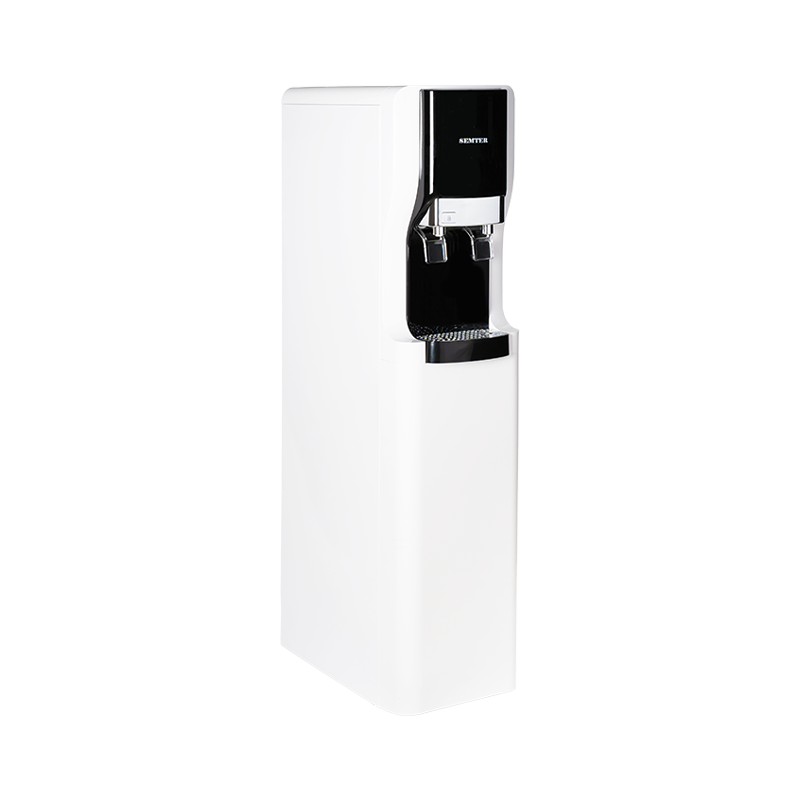

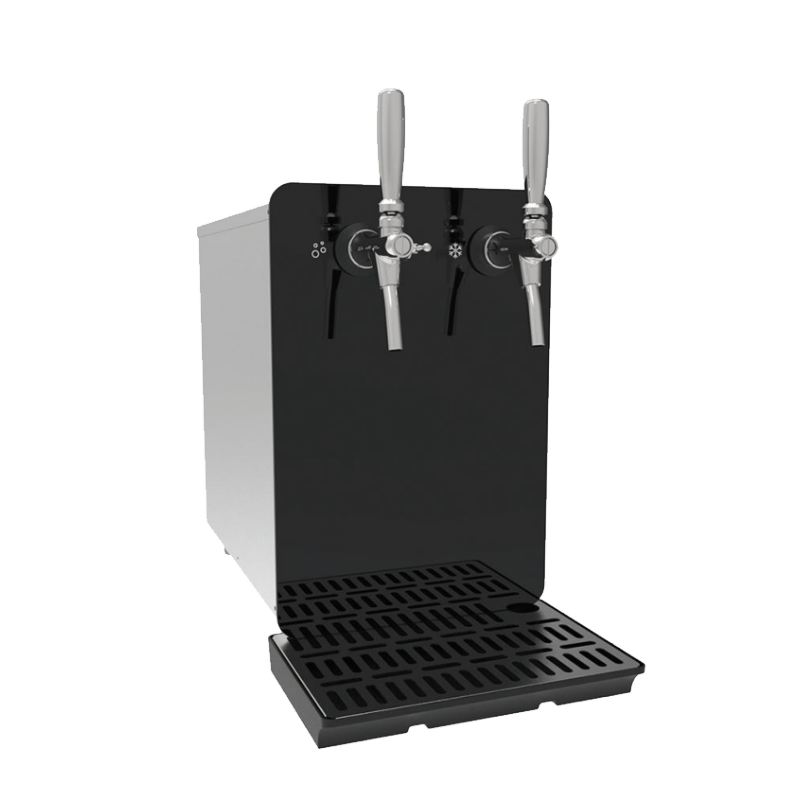
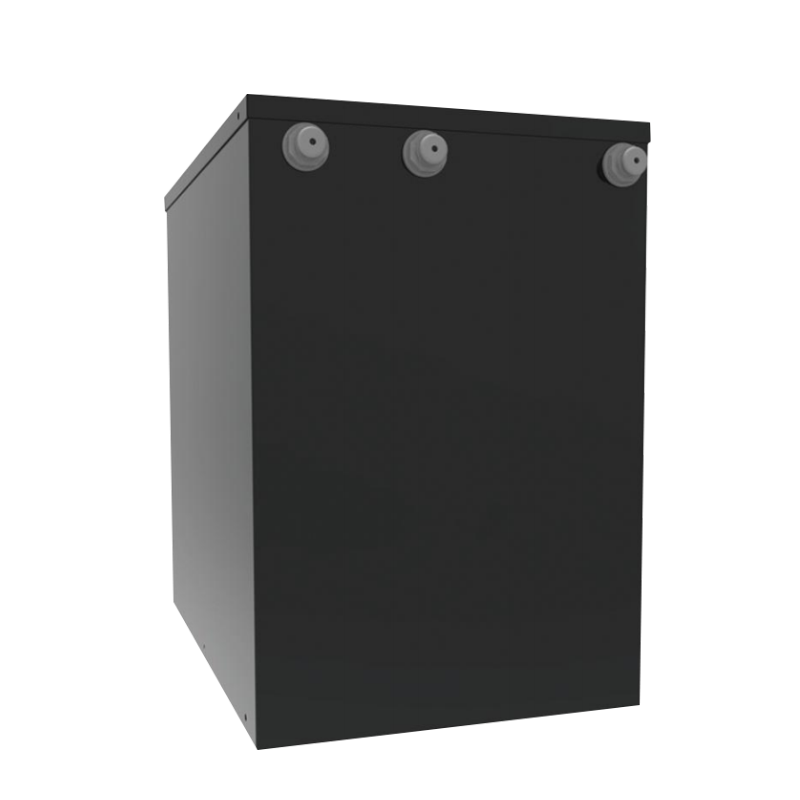
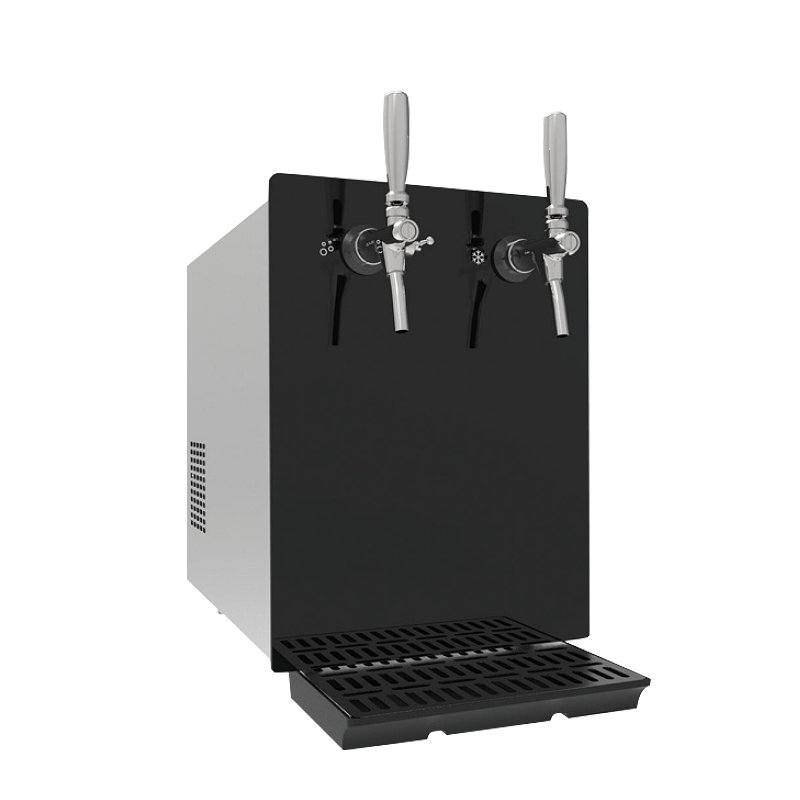
 ADDRESS
ADDRESS CONTACT
CONTACT EMAIL
EMAIL